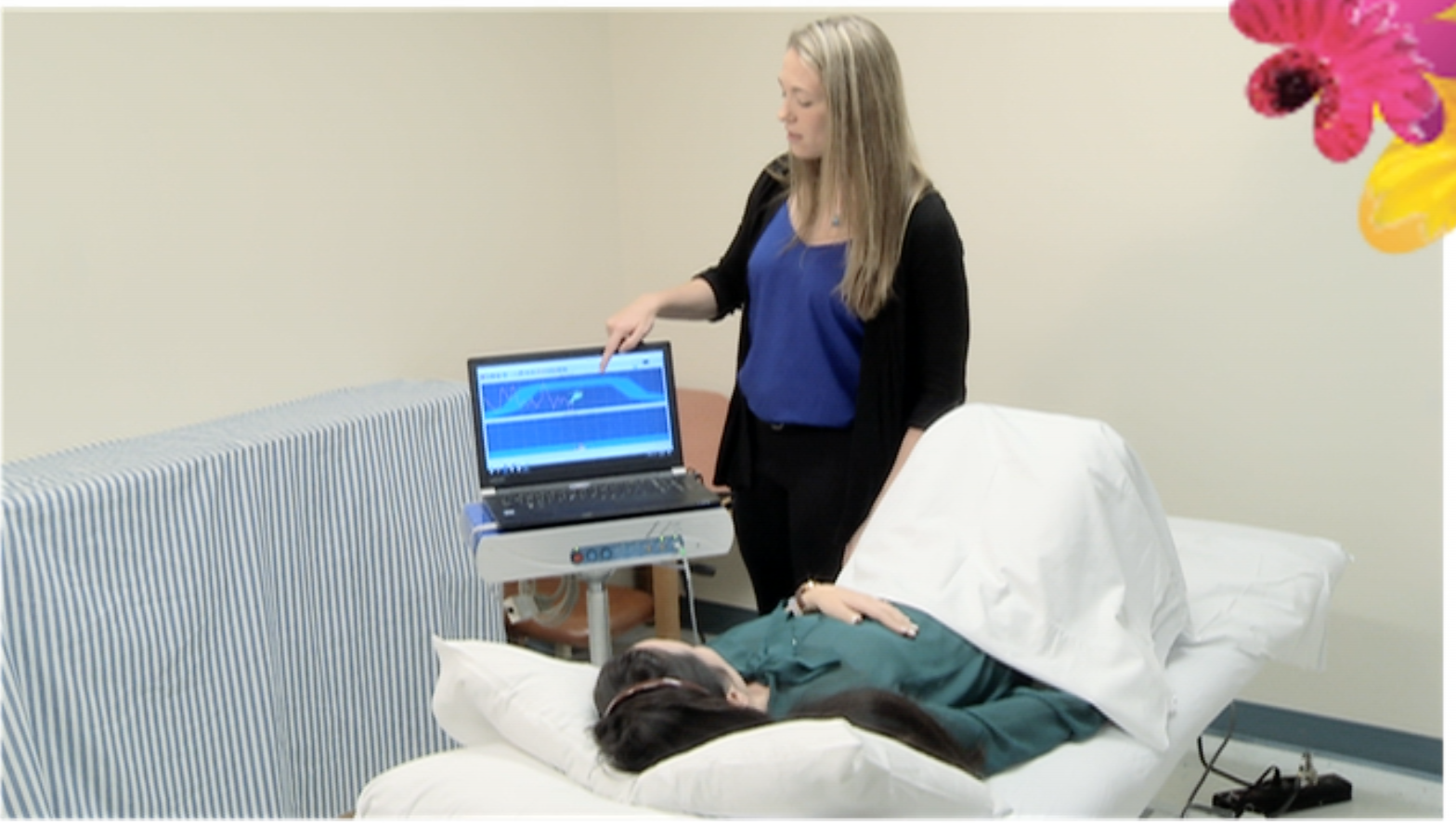
Do you or someone you know struggle with pelvic floor dysfunction? This can include incontinence, pelvic pain, constipation and sexual dysfunction. It is very common for men and women and even more common for breast cancer survivors.
Lovelace Women’s Hospital currently has two pelvic floor physical therapists: Laurie Griffis, MPT, PRPC who is a Certified Pelvic Rehabilitation Practitioner and has treated pelvic floor dysfunction for 10 years, and Mary Beth Johnston, PT, DPT who has treated pelvic floor dysfunction since 2014. They both share the same goal to always make their patients feel comfortable and safe during each appointment and agree that this occupation is very rewarding.
“It is all about the patient interaction,” shares Mary Beth. “You have to make each patient feel comfortable with you because there may be things the patient is not willing to tell you initially. I try and make it a safe and secure environment for them and to always be honest with them; that way they feel comfortable enough to open up and tell me what is really going on. I also think it is good for them to know your level of expertise and what you can do to help them, as that seems to help them to open up more as well.”
“We also only do whatever they are comfortable with doing,” shares Laurie. “A lot of times, I have patients who say after they left, ‘That wasn’t as bad as I thought,’ or, ‘You really made me feel comfortable during that exam,' which is definitely nice to hear. During training, I had to act as the patient and the therapist, so I had to have all of the same internal exams I do for my patients done to me, so I know it can be embarrassing.”
Laurie and Mary Beth both decided to become physical therapists before they became certified in pelvic floor dysfunction. “Pelvic floor is definitely different. I get to spend a lot of one-on-one time with my patients,” says Laurie. “Pelvic floor patients are a lot more complex because there are layers to the issues they may be having. It is definitely a very fulfilling part of physical therapy. We can really make a difference in someone’s life, which is rewarding to see.”
For Mary Beth, an internship is what drove her to women’s health. “I decided to become a physical therapist because I wanted to help people with strengthening through body mechanics and working on their general health, rather than through medicine,” she says. “Then I became interested in the women’s aspect of physical therapy after working at a clinic that mainly specialized in women’s health. It is a very rewarding place to be because you see life-changing things for these patients. They can’t do their normal activities because of their symptoms or problems, and we help them live a fairly normal life through the therapy treatments we provide. It is really gratifying and fun to see patients progress through that.”
To learn more about pelvic floor physical therapy at Lovelace Women’s Hospital, read Mary Beth’s recent blog by clicking here.



